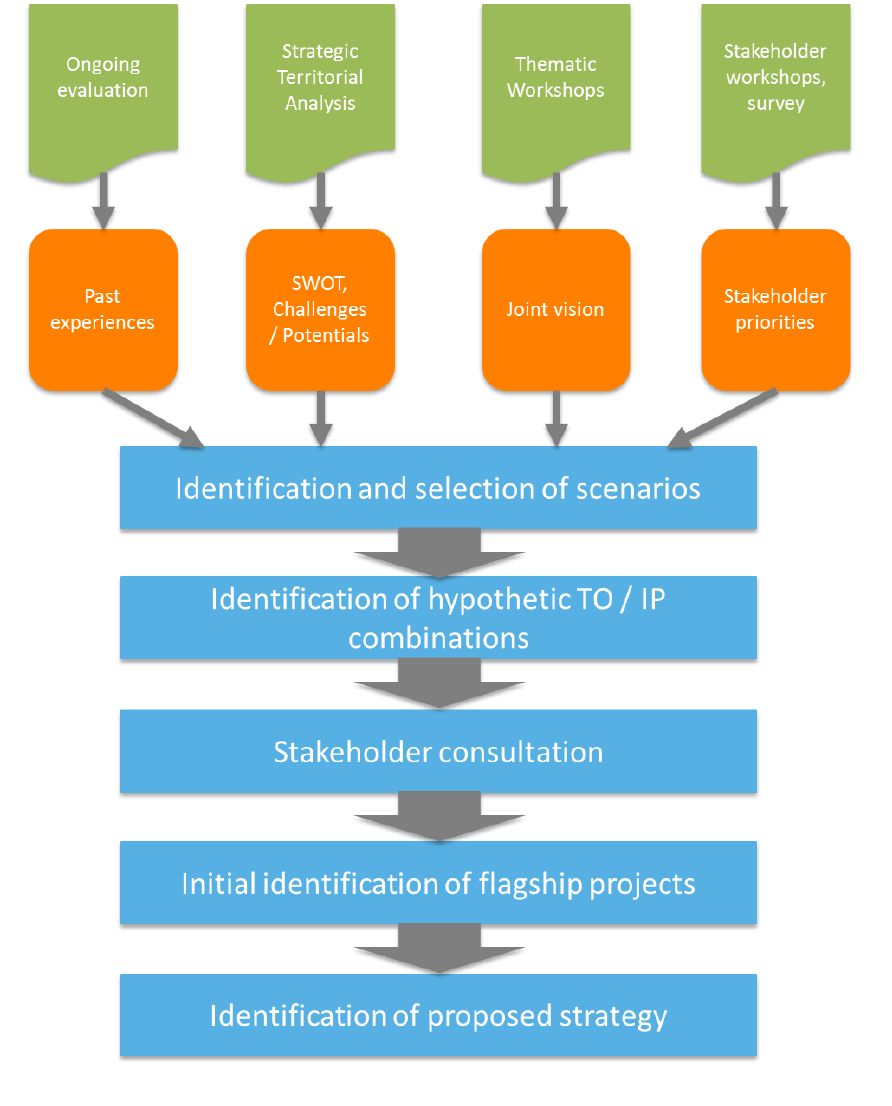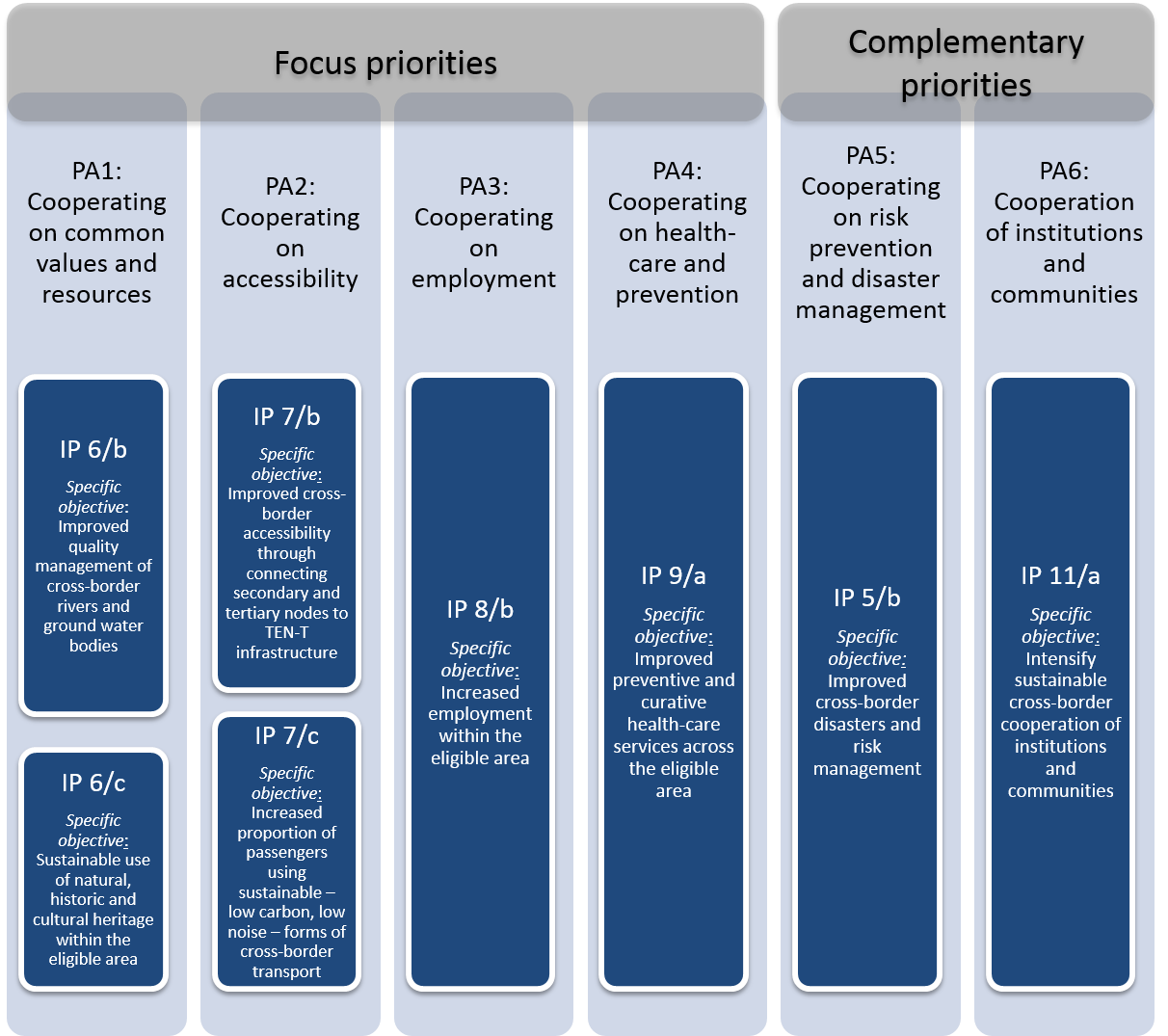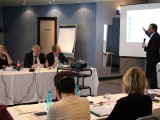Strategy/Operational Programme
In order to design the Interreg V-A Romania-Hungary 2014-2020 Programme, an extensive strategic planning process was initiated since early 2013, being coordinated by the JWG, with the support of the Joint Technical Secretariat and of external consultants.
As a first step of this process, a socio-economic analysis of the eligible area was carried out, resulting in the preparation of the so-called Strategic Territorial Analysis (STA). This document provides a detailed overview of the eligible border area, its key problems, challenges and potentials. The next step was the design of a joint strategy set out to address the main challenges identified and exploit the joint potentials of the eligible border area. The strategy is presented in due details in the Common Territorial Strategy (CTS) document.
Main steps and key elements of the strategy development process

The next step in this process was the preparation of the Cooperation Document, which was adopted by the JWG during its meeting held in Arad, on 21-22 April 2015.
The new programme, as its predecessor, the Hungary-Romania Cross-border Co-operation Programme 2007-2013, aims to further boost the social and economic development of the Romanian-Hungarian border region through strengthening cooperation for the identification of common solutions. The overall financial allocation within the programme for the 2014-2020 period divided between six priority axes amounts to 189 million euros from the European Regional Development Fund.

The document was approved by the JWG on 20 June 2014. Accordingly, the consultants have prepared the Interreg V-A Romania-Hungary 2014-2020 Programme Document which was adopted by the Monitoring Committee during its meeting on 21-22 April 2015. Following its adoption by the two Member States’ governments, the document was submitted to the European Commission on 22 May 2015.
The new programme is expected to be launched in Autumn of 2015.
